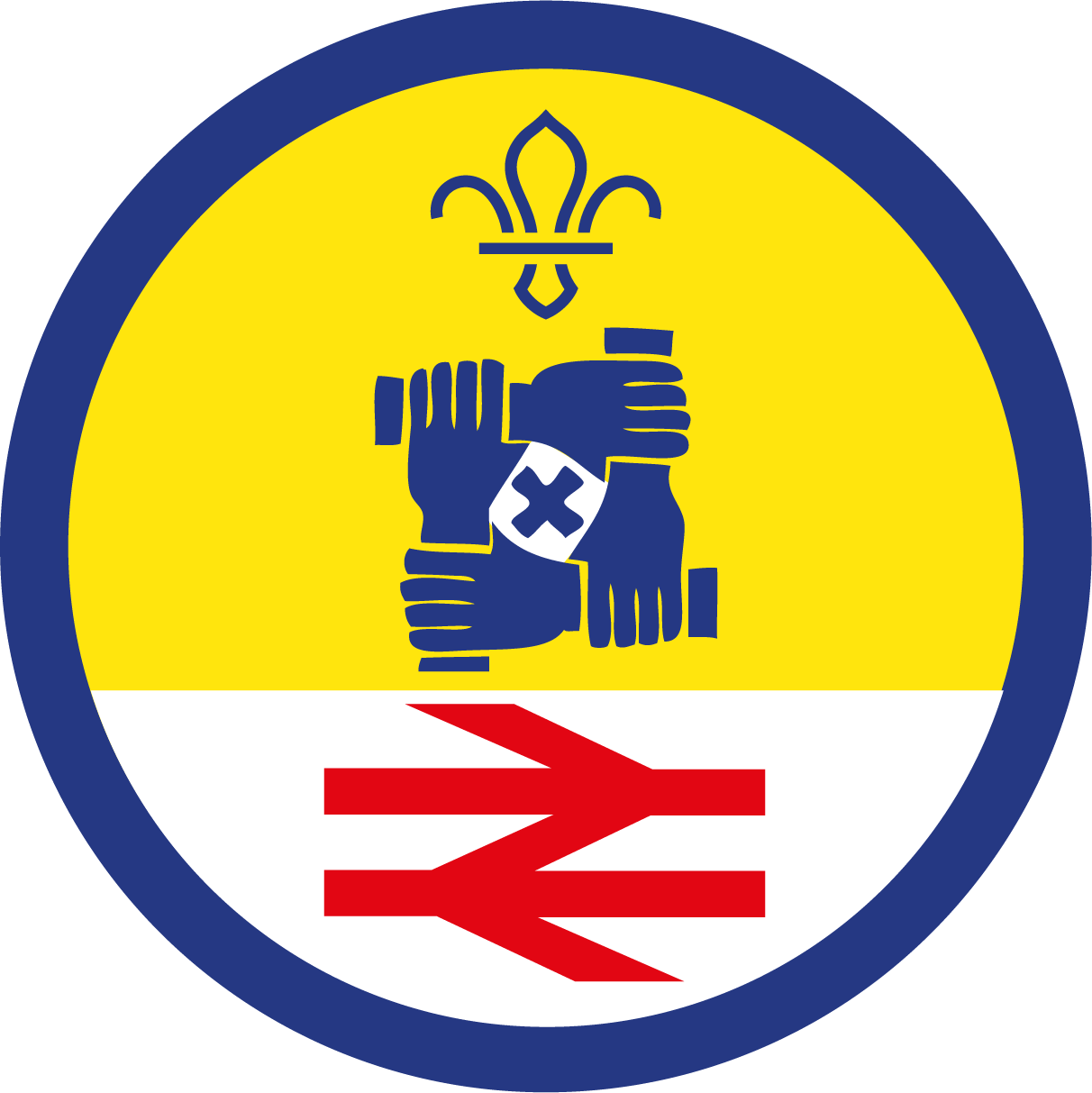Water safety showdown
You’ll need
- Chalk
- A towel
- Dice
Before you begin
- Use chalk to draw four lines of circles that meet in the middle (just like a plus sign). Make sure each side has the same number of circles. Each circle should be big enough for a few young people to stand in.
- If you don’t have chalk, or can’t use it on your floor, tape sheets of newspaper down in place of circles, or use hula hoops.
Set the scene
- The person leading the activity should choose someone to help. They should ask the helper to wrap themselves in a towel (over their clothes), and explain to everyone that they’ve had an accident and fallen in some water.
- The person leading the activity should explain that the helper fell in the water but, thankfully, they were rescued in time. They should explain that even though the helper had been to swimming lessons, they still needed to be rescued because the water was so cold and deep. The helper hit their head on the bank, and they couldn’t climb out because the sides were too steep and slippery! They feel a bit sick now because they drank some dirty water by accident.
Talk about the situation
- Everyone should think about what the helper did wrong. The person leading the activity could ask some questions to help people.
- Everyone should think about why the helper needed rescuing even though they’d had swimming lessons. The person leading the activity could ask some questions to help people.
- Everyone should think about what else happened to the helper. The person leading the activity could ask some questions to help people.
- The person leading the activity should remind everyone that luckily the helper was rescued this time and they’re OK. The helper should give the towel back to the person leading the activity and join everyone else.
- The person leading the activity should explain that it’s important to be SAFE around water. SAFE can stay for ‘stay away from (the) edge’. Everyone should repeat this message until they remember it.
Play the game
- Everyone should split into four teams.
- Each team should stand at a different end of the circle cross. Each circle is an island.
- The first player in each team should stand in the first island.
- The first players should take it in turns to roll a dice. The first person to roll an even number goes first.
- The person leading the activity should ask a question about water safety from the ‘Water safety questions and answers’ sheet.
- The player should answer. If they answer correctly, they should move forward one island and bring a teammate onto their island with them.
- If they get it wrong, their whole team has to swim back to the beginning.
- Teams should take it in turns to repeat steps five to seven.
- The first team to get everyone to the middle where the islands meet is the winner.
Reflection
This activity helped everyone to understand how to keep themselves and others safe. Everyone should think back to the helper who fell in the water. They’re feeling much better now. Now they’re dry and feeling OK, they need to remember the safety rules again. What can people remember about staying safe near water? Perhaps everyone could shout the SAFE (stay away from the edge) phrase together.
Safety
All activities must be safely managed. You must complete a thorough risk assessment and take appropriate steps to reduce risk. Use the safety checklist to help you plan and risk assess your activity. Always get approval for the activity, and have suitable supervision and an InTouch process.
- Active games
The game area should be free of hazards. Explain the rules of the game clearly and have a clear way to communicate that the game must stop when needed. Take a look at our guidance on running active games safely.
You may need to change how many people join those on the island when they get a question right depending on how many people and islands you have. Explain each step of the game slowly – everyone should understand what to do before you start playing. People could support each other to answer questions, or you could change the game so people get their own question to answer.
Make sure your islands are big enough for anyone who uses a mobility aid. If anyone doesn’t like loud noise they could wear ear defenders, or everyone else could remember not to shout.
All Scout activities should be inclusive and accessible.
Everyone could design a poster that warns people about the dangers near water. The poster could feature the helper who fell in the water.
You could book a free visit from the RNLI to learn more about water safety.
If you live near the coast or the River Thames, you could find out about your nearest lifeboat station. Why not see if you can arrange a visit?
